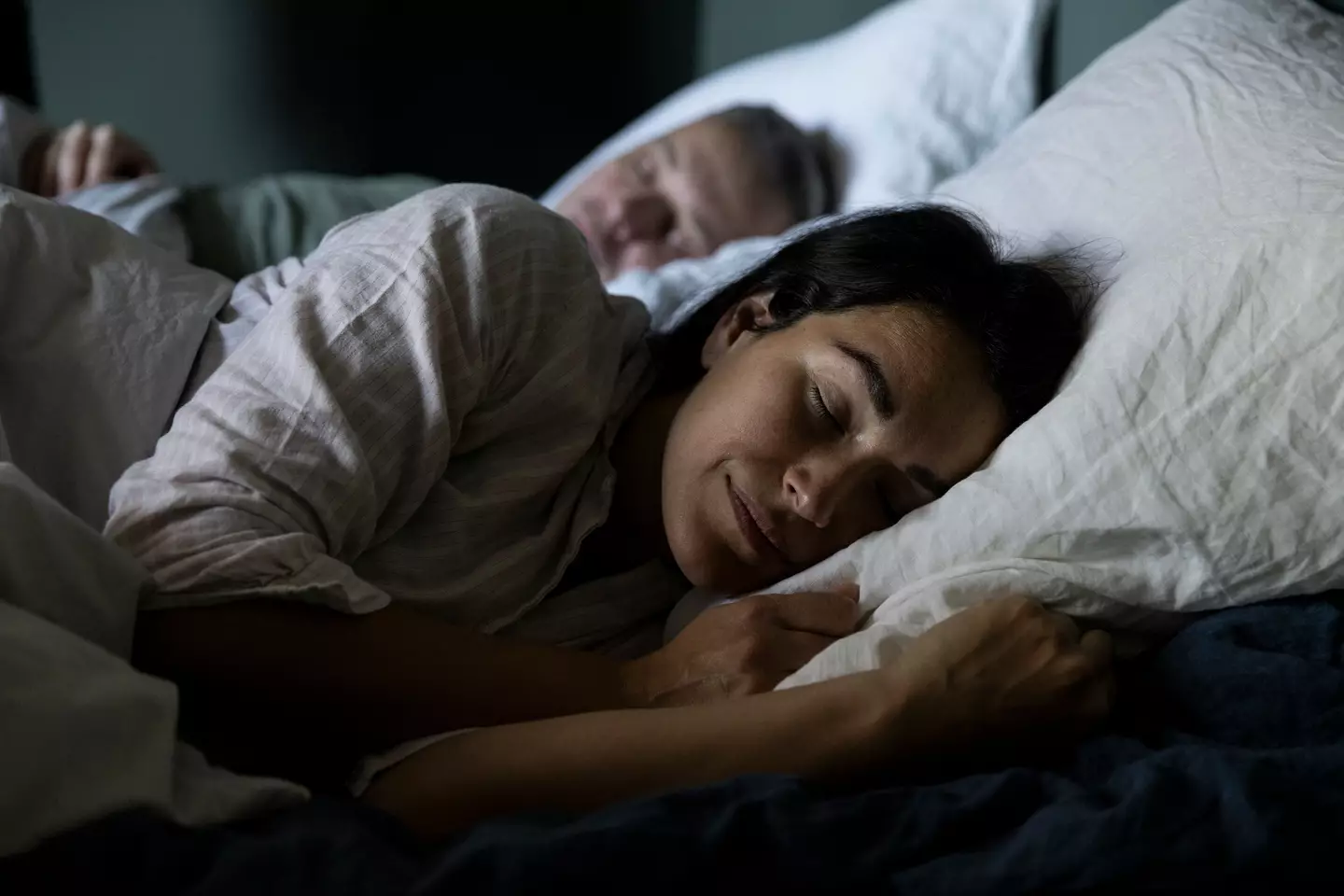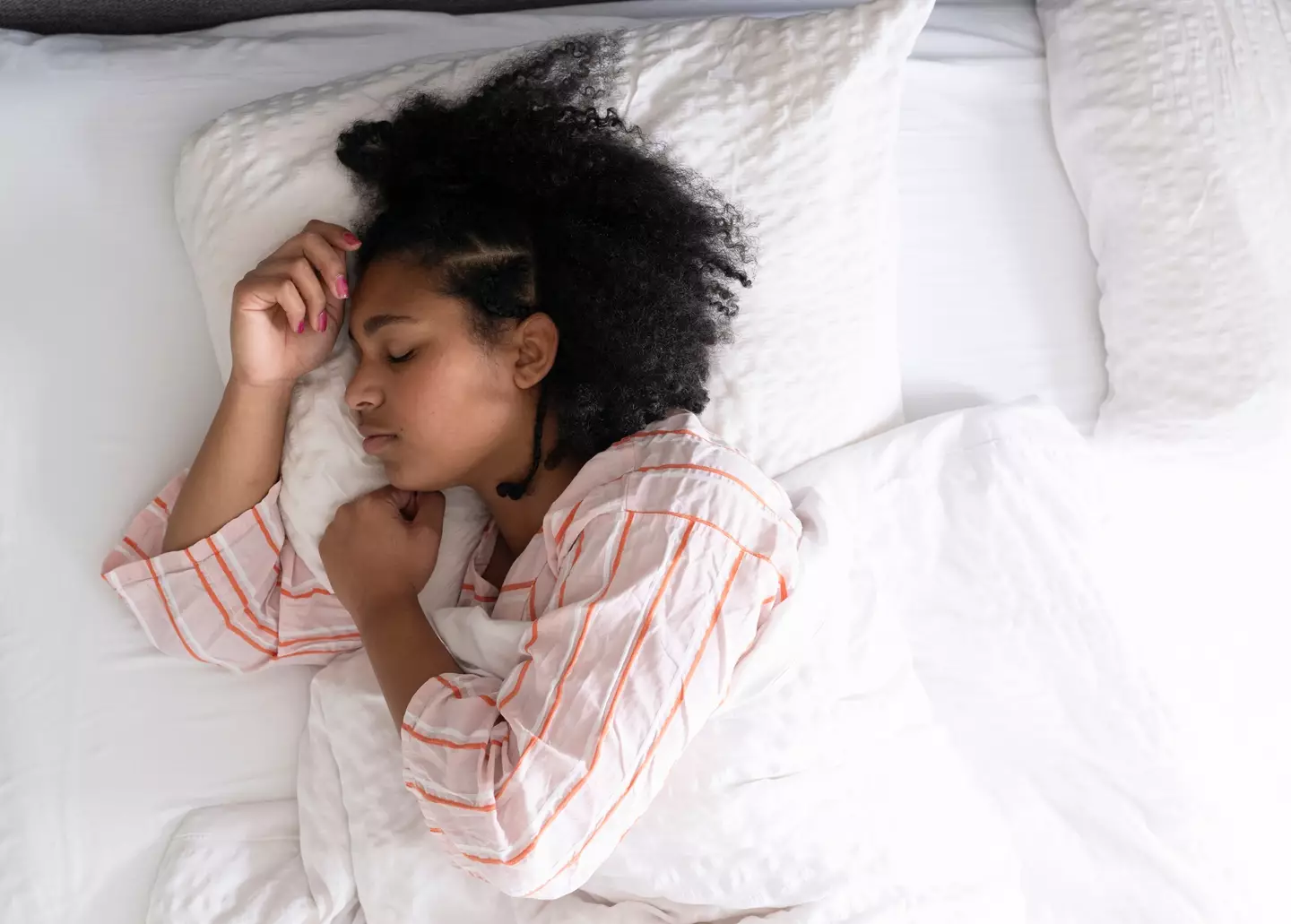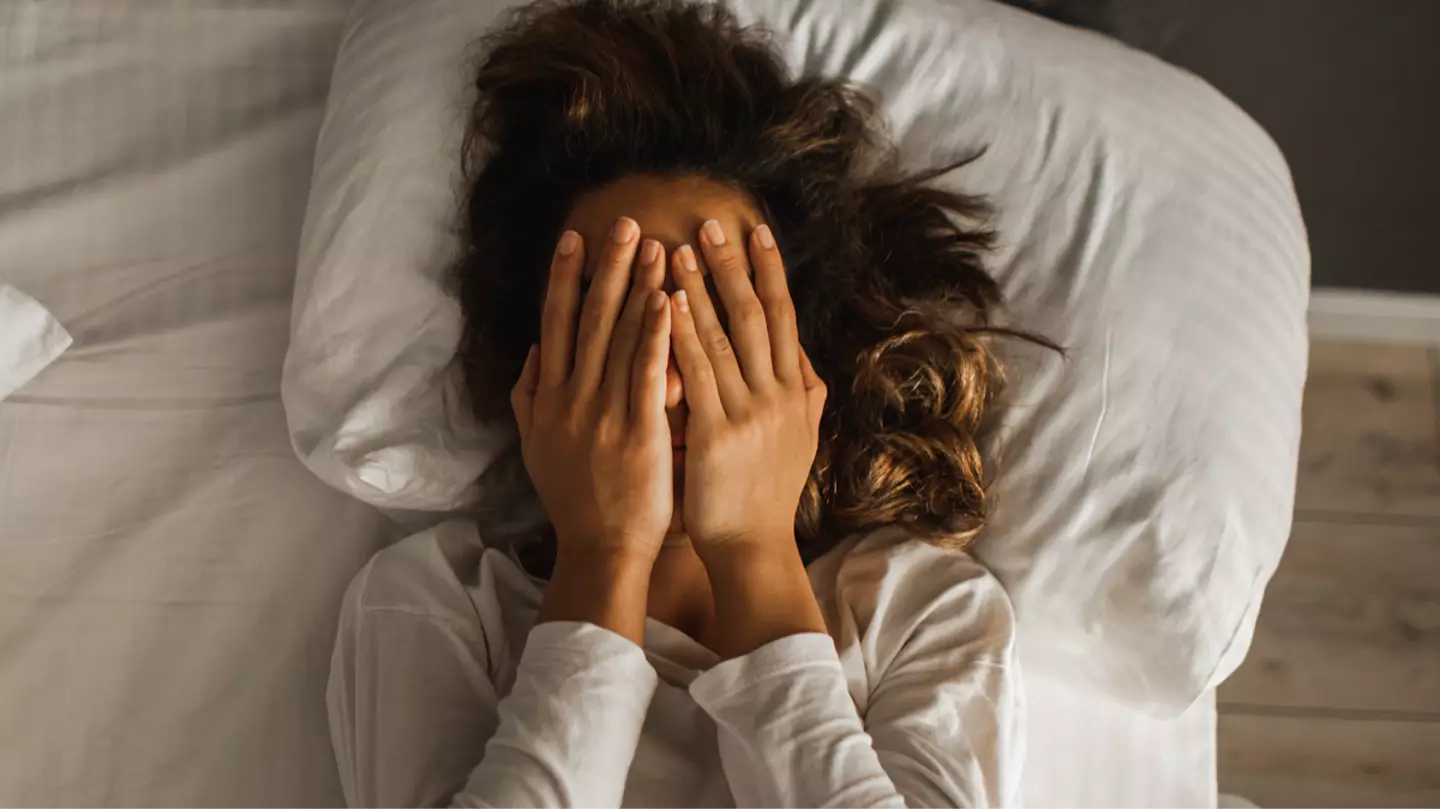If you find yourself tossing and turning with restlessness or a racing mind, the military sleep method might just be the solution to help you drift off more effortlessly.
Experts suggest that adults aged 18 to 64 should aim for seven to nine hours of sleep every night. If you believe you can get by on only four to five hours, you might be putting your health at risk.
Inadequate sleep has been linked to numerous health issues, including impaired cognitive function and a heightened risk of chronic conditions like heart disease and diabetes.
Various factors contribute to sleep deprivation, such as insomnia, restless legs, or poor sleep habits.
If any of these sound familiar, the military sleep method might be worth trying.

Developed for veterans to achieve slumber in challenging environments, the military sleep method was initially detailed in the 1981 book Relax and Win: Championship Performance.
This technique utilizes deep breathing, mindfulness, and visualization.
If performed correctly, the method should take no more than two minutes to help you fall asleep.
“When you’re struggling to fall asleep, you’re eager to find something that gets you there quickly, which likely explains the popularity of the military sleep method,” Dr. Alaina Tiani stated in an interview with the Cleveland Clinic. “I’m receiving more inquiries about it from patients.”
There’s no definitive ‘right’ or ‘wrong’ way to execute the military sleep method, as individual preferences vary. However, experts suggest starting with controlled breathing.
Close your eyes, inhale deeply, and slowly exhale. Once your breath is steady, proceed to the visualization phase.
Begin by relaxing your scalp, then gradually move down to your forehead, eyebrows, eyes, nose, and mouth.
Focus your attention on your neck and shoulders before envisioning each muscle in your arms, hands, and fingers relaxing.
Then move on to your chest and continue down to your thighs, legs, calves, and feet.
Once you’ve calmed your breathing and visualized the relaxation of every muscle, shift your focus to clearing your mind.
Good Housekeeping suggests envisioning peaceful scenes, such as floating in a canoe on a tranquil lake beneath clear blue skies for 10 seconds, or resting in a dark velvet hammock. Alternatively, you can repeat the phrase ‘Don’t think’ in your mind for 10 seconds.
Experts note that once you master the technique, the entire process should take about two minutes.

If the military sleep method doesn’t seem to work for you, Healthline suggests focusing on your breathing and muscle relaxation techniques.
It is also important to note that certain conditions, such as ADHD or anxiety, might affect the method’s effectiveness.
Dr. Tiani also warned against the stress of trying to quickly fall asleep, as it can become counterproductive.
“There’s a trend of viewing sleep as a performance or game,” she explained. “With fitness devices tracking sleep and providing scores, there’s pressure to achieve good sleep. This can lead to increased stress and even sleep anxiety, where bedtime becomes dreaded.”
Sleep specialist Adeel ul-Haq suggests various strategies to enhance sleep quality, including maintaining a balanced diet and engaging in daily physical activity for at least an hour.
“This could range from walking to gym workouts. The key is movement, which helps induce sleepiness at bedtime,” he shared with The Mirror. “However, I avoid intense exercise after 6pm, as studies indicate it can disrupt sleep.”
He noted that morning exercise aligns with his routine, making it easier to fall asleep swiftly at night.
Adeel ul-Haq also recommends establishing a consistent sleep schedule and considering the removal of electronic devices from the bedroom.
“Blue light can disrupt melatonin production, affecting sleep. While I’ve tried blue light glasses before, my best sleep comes when I avoid phone use before bed,” he explained.

